Feeding Horses With Equine Gastric Ulcer Syndrome
Horses evolved to ingest a high fibre, low starch ration on an almost continual basis. Foraging behaviour is important to the maintenance of a healthy digestive tract, as not only does the flow of forage through the digestive system ensure optimal digestive health but the chewing process produces large amounts of saliva, which helps to buffer the acid that is produced in the stomach.
The way in which we keep and manage horses often means that they are unable to exhibit this normal foraging behaviour and are exposed to high stress levels such as during training or early weaning, as well as being fed rations that may have high cereal and starch levels with less than optimal forage and fibre allowance catered for. These feeding and management practices have been associated with a high prevalence of Equine Gastric Ulcer Syndrome (EGUS).
EGUS is general term that is used to describe ulcers in the stomach, however as our understanding of EGUS has evolved the syndrome can now be split into two separate diseases.
- EQUINE SQUAMOUS GASTRIC DISEASE (ESGD)
- Affects the white squamous (non-glandular) region of the stomach
- Result of prolonged exposure, or ‘splash’, from stomach acid, onto the poorly protected upper area of the stomach
- EQUINE GLANDULAR GASTRIC DISEASE (EGGD)
- Affects the pink (glandular) region of the stomach and proximal duodenum
- Result of impaired mucosal defence in the lower area of the stomach
What Horses Does Egus Affect?
It was thought to more commonly affect Thoroughbred racehorses, but with the advancement of research and increased ability to be able to study other classes of horses EGUS has significant prevalence in other classifications of performance horses e.g. show horses, eventers, dressage and endurance horses, as well as being seen in up to 60% of leisure horses. It has also been seen that all ages and breeds of horses and ponies are susceptible to EGUS.
RISK FACTORS associated with EGUS
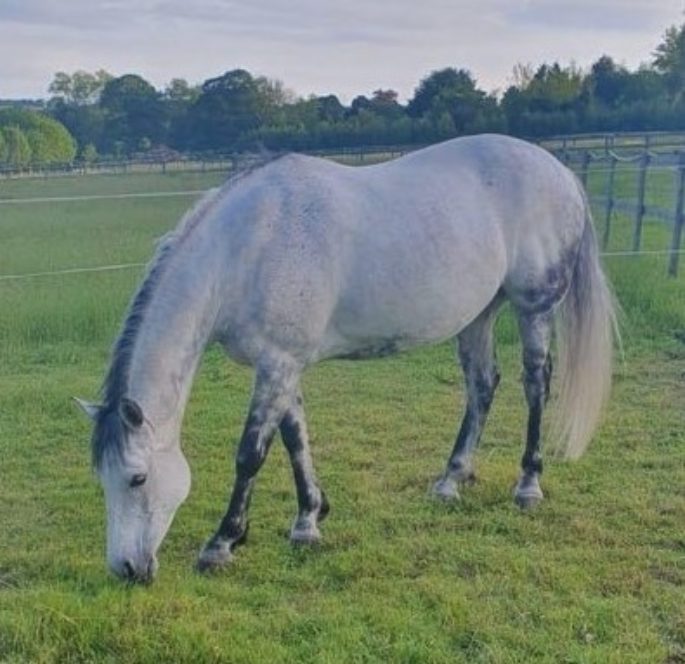
- Forage being fed at a rate of less than 1.5% of the horse’s bodyweight
- Horses being without forage for longer than 6 hours, especially during the hours of 7am – 7pm
- Daily starch intake exceeding 2g per 100kg bodyweight
- Starch per meal intake exceeding 1g per 100kg bodyweight
- Stomach empty of forage during exercise
- Water deprivation
- Administration of NSAIDS
- Reflux of bile acids
Did You Know?
When fed hay and pasture, horses produced 400 - 480 grams of saliva per 100 grams of dry matter consumed, whereas when a concentrate feed was fed, horses produced half as much saliva, therefore significantly reducing the buffering capacity.
Clinical Signs

The clinical signs of EGUS can vary from horse to horse and can also be a reflection on that individual horse’s temperament but typical signs include:
- Poor appetite or change in eating behaviour
- Weight loss or failure to thrive
- Irritability and general changes in temperament
- Reduced performance
- Abdominal discomfort to girthing or grooming
- Recurrent mild colic
NUTRITIONAL MANAGEMENT TO REDUCE THE RISK OF EGUS
- Horses should ideally be allowed ad-lib access to forage, meaning the horse has forage at all times. If this is not possible because your horse is a good-doer NEVER feed less than 1.5% of the horse’s body weight as forage and look at ways in which the forage being fed can be made to last longer, such as
- Putting hay in a small holed haynet
- Putting different haynets around the stable/field to encourage browsing behaviour
- Giving the hay allowance spread throughout the day rather than one amount in the morning and one amount in the evening
- If not feeding ad-lib aim to feed 80% of the horse’s daily forage allowance between the hours of 7am and 7pm
- Restrict cereal and starch intake
- Less than 1g/Kg BW starch per day and less than 2g / Kg BW per meal.
- Look for feeds containing the BETA EGUS Approval Mark as these feeds will ensure you are staying below this starch threshold if fed at the recommended intake
- If extra energy/calories are needed consider adding a high oil supplement to the diet to increase calories whilst minimising starch intake
- Consider feeding an alfalfa chaff
- Alfalfa is high in calcium which has a buffering effect on stomach
- 100-200 grams per 100 Kg bodyweight is suitable (i.e. 0.5 – 1kg for a 500kg horse)
- Supplement the diet with corn oil (50 - 100ml, 1 - 2 times per day)
- Helps to support the mucosal layer in the glandular region of the stomach.
- Feed a Stubbs scoop of chaff within 30 mins of exercise
- Helps to ‘trap’ acid and limit ESGD caused by acid splashing to upper areas of the stomach
- Improves gastric blood supply
- Provide constant access to water.
- Look at ways of helping to reduce stress levels.
- Consider using an antacid and/or buffering gastric supplement
- Helps to support and maintain a normal stomach environment
Suitable Saracen products to consider when feeding a horse with EGUS
Although there are many feeds within the Saracen range that are potentially suitable for horses with gastric ulcers these are the main products we recommended in these situations.
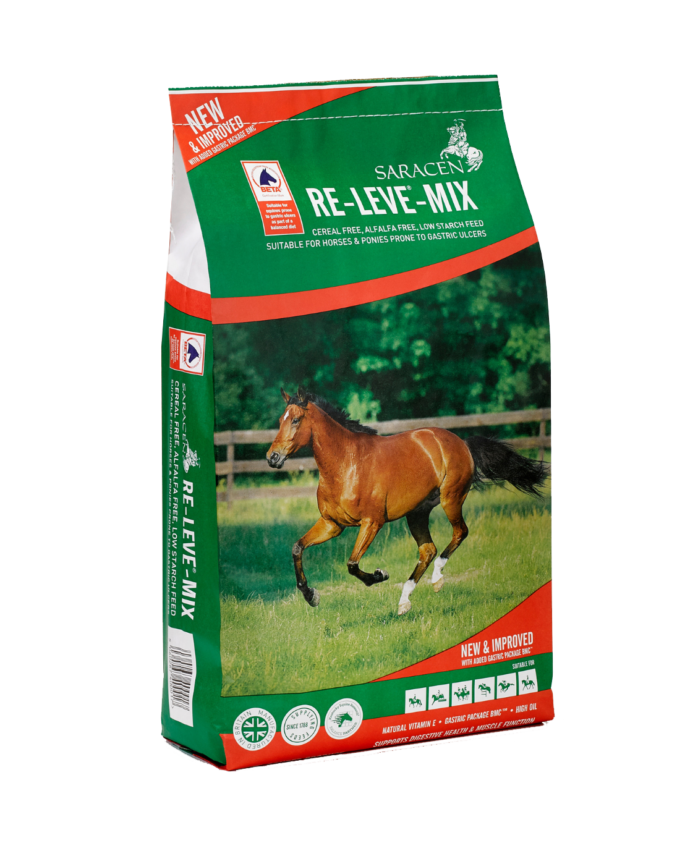
RE-LEVE®-MIX is a cereal-free, low starch feed specifically formulated to replace all cereal-based hard feed for horses in work that react adversely to high starch feeds or are prone to Equine Gastric Ulcer Syndrome. The use of alternative energy sources optimises power generation and recovery, providing controlled energy from highly digestible “Super-Fibres” and oils. The mix is founded on an alfalfa-free formulation and encompasses BMC® a total digestive buffer, as well as the recommended levels of live yeast to support the gut flora and stabilise the pH of the gut. The mix contains a blackcurrant flavour to maintain palatability in the fussiest of feeders.
RE-LEVE®-CUBES are a highly versatile, low starch, low sugar cube that have been formulated specifically to help support a healthy digestive tract and maintain normal muscle function in all horses. RE-LEVE®-CUBES are formulated on highly digestible “Super Fibres” and oil as alternative energy sources making them ideal for horses prone to Equine Gastric Ulcers. The cubes provide a balanced diet and are fully fortified with a full spectrum of vitamins, chelated minerals, and antioxidants including natural vitamin E along with a live yeast to support optimum digestive health. The cubes contain a blackcurrant flavour to entice the fussiest of feeders.
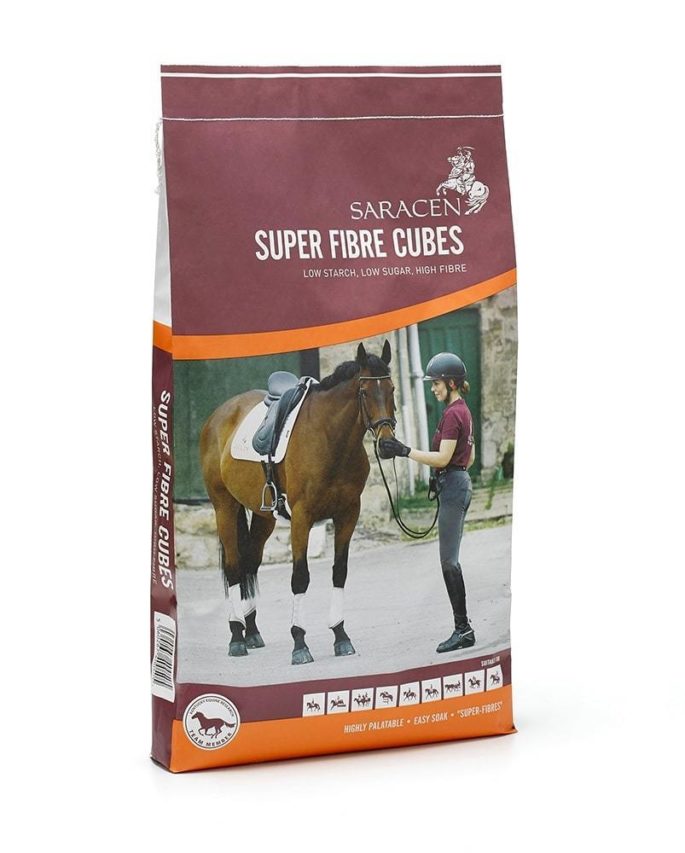
SUPER FIBRE CUBES are a high fibre feed, formulated to be cereal grain-free and low in starch and sugar. “Super-fibres” such as soya hulls and beet pulp provide sources of readily digestible fibre and the addition of soya oil supports optimal skin and coat condition. SUPER FIBRE CUBES are also a great way to increase the fibre content of any horse’s diet and can be fed sprinkled through hay or in a treat ball to stimulate natural foraging behaviours.
COMPETITION-FIT-BALANCER is a nutrient-dense, low intake performance balancer suitable for horses and ponies who are prone to Equine Gastric Ulcer Syndrome. The unique mix is based on digestible “Super-Fibres” and oils to provide continuous energy, whilst the small inclusion of cereal aids glycogen replenishment and helps to reduce the onset of early fatigue whilst providing power to perform. The mix encompasses the recommended levels of live yeast and Acid Buf to support the optimum environment in the stomach and digestive tract.
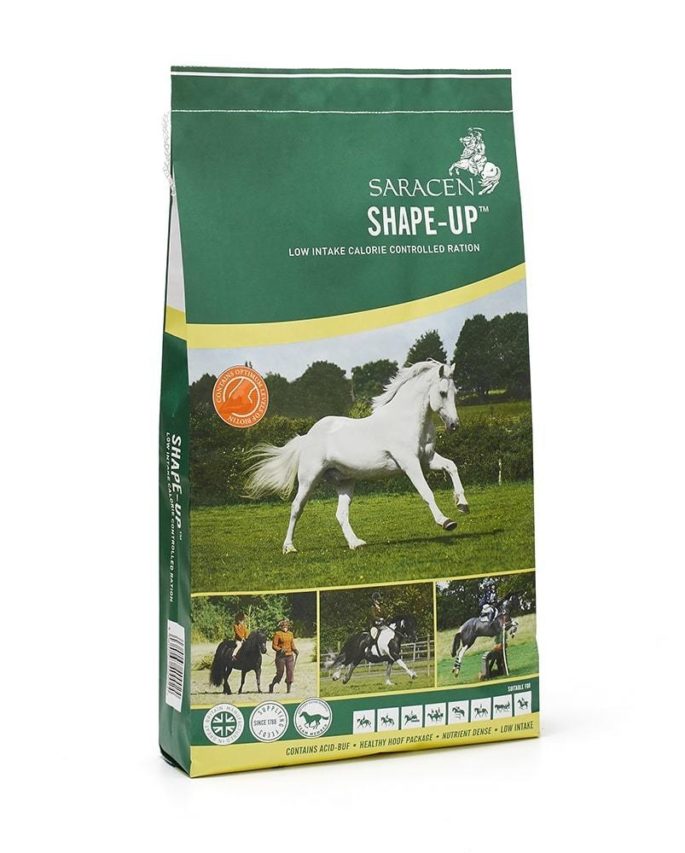
SHAPE-UP™ is a low starch, low sugar, high fibre mix designed to provide a balanced diet at low intake levels and to help maintain a normal, healthy metabolism. This whole cereal-free ration has been designed to give a minimal glycaemic response post feeding when fed in small quantities, and the low feeding rate makes it ideal for good-doers, as well as horses that may be prone to excitable or anxious behaviours.
ESSENTIAL BALANCER is low in sugar, starch and calories so is suitable for horses and ponies that are good-doers. Dense in vitamins, minerals and quality protein sources, Essential Balancer helps to maintain muscle tone and topline as well as supporting optimum health and vitality. A source of Omega 3 fatty acids helps to condition and shine the coat, creating a picture of health inside and out.
Equi-Jewel® is a pelleted, high oil, stabilised rice bran supplement designed to increase the energy density of the whole diet, thereby decreasing the reliance on cereals in the diet. Equi-Jewel® is an ideal supplement to improve topline and condition on your horse when fed alongside a balanced diet. In addition to improved condition, research has proven its superiority in optimising performance. Equi-Jewel® is fortified with the correct level of Vitamin E and ensures optimum calcium to phosphorus ratio.
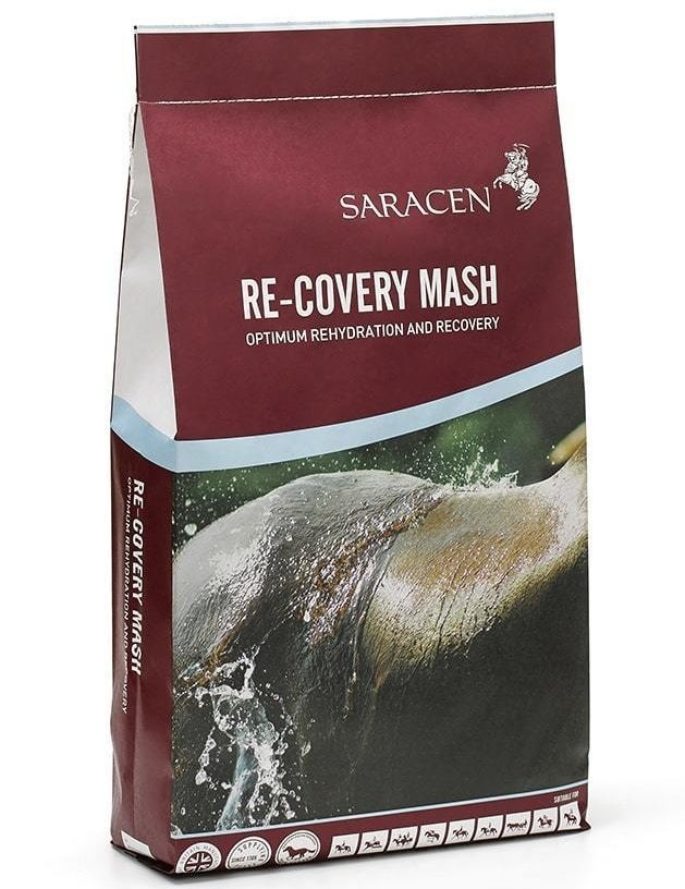
RE-COVERY MASH has been formulated to help ensure horses are drinking well, especially during times of increase stress such as intense exercise, travelling, competition and illness. A decrease in water intake has been linked to an increase in EGUS and the use of RE-COVERY MASH can help minimise this risk. RE-COVERY MASH has been flavoured with an encapsulated banana flavour to entice fussy feeders. Encapsulation means that the flavour is protected and released through the physical process of chewing. Studies investigating flavour preferences have consistently shown that banana flavour is one of the most preferred flavours by horses, ranking higher than mint, apple, carrot and garlic.
RiteTrac™ can be used as a management aid for horses that are prone to or recovering from ESGD and associated hindgut issues. Working in two distinct ways RiteTrac™ is designed to work on both the fore and hindgut of the horse. Firstly, it contains both antacids and coating agents, which can relieve gastric discomfort and offer some protection to the stomach lining, in turn leading to improved behaviour and appetite. Secondly, it contains EquiShure™, a hindgut buffer designed to act on the hindgut by minimising the effects of hindgut acidosis.
Download a PDF of this fact sheet for future reference.
Download nowQuick Feed Finder
Use our quick and easy feed finder as a guide to select the right feed for your horse or pony.
Feed Advice Form
Complete our online form to receive a detailed nutritional plan for your horse or pony from one of our registered nutritionists.












